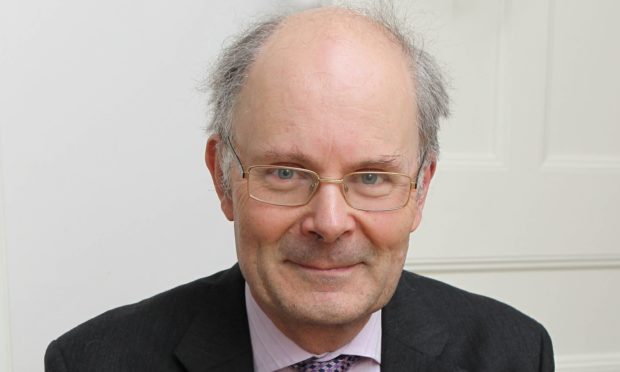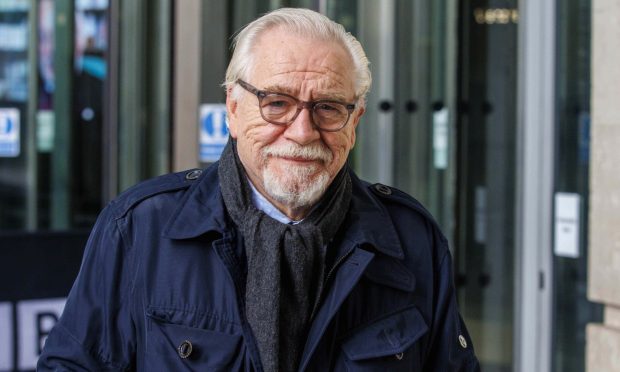Widespread support for a post-Brexit end to freedom of movement has been found among both Remain and Leave voters, a new survey has found.
The National Centre for Social Research study revealed a large majority of voters are in favour of maintaining free trade with the EU too.
Professor John Curtice, who wrote the report, said the results reflected the “pick-and-mix attitude” characterising much of Britain’s relationship with the EU.
They show 82% of Leave voters want potential EU migrants to Britain to be treated in the same way as non-EU migrants.
More than half of Remain voters – 58% — agree, according to the findings, which are based on a survey of more than 2,300 people carried out between early February and early March.
86% of Leave voters think prospective EU migrants should have to go through the same hoops as non-EU migrants, compared to 54% of Remain voters.
Additionally, the survey found 77% of Leave voters don’t want EU migrants to be able to claim any welfare benefits in the UK, compared to 51% of Remain voters.
In other respects, however, voters seek a relatively “soft” Brexit.
Most Leave and Remain voters want the UK to keep EU regulations on clean beaches, mobile phone charges and airline delays.
The survey also uncovered extensive acceptance that the UK will still have to contribute financially to the EU budget in return for ongoing participation in some EU-wide programmes, like those providing funding for university research.
Overall, 68% of voters want an end to freedom of movement, but at the same time 88% are in favour of maintaining free trade with the EU.
According to the findings, support for this combination is most prevalent among Conservatives, who are slightly keener than Labour voters on maintaining free trade, while much more united in supporting ending freedom of movement.
Prof Curtice, who is a senior research fellow at the centre, said for the most part Remain and Leave voters were “not at loggerheads” on the kind of Brexit they would like to see.
He added: “Many Remain voters would like to see an end to the less popular parts of Britain’s current membership of the EU, while many Leave voters would like to retain the seemingly more desirable parts, such as free trade, cheap mobile phone calls, and clean beaches.
“This is perhaps typical of the pick-and-mix attitude to the EU that has characterised much of Britain’s relationship with the institution during its 44 years of membership so far.”






